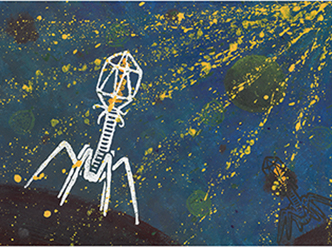
Art meets molecular biology
March 20, 2019 | Issue 46Step inside a science-inspired art exhibition where students bring biological molecules to life.


Step inside a science-inspired art exhibition where students bring biological molecules to life.

Over several decades, the search for new medicines has progressed from mimicking natural molecules to screening many millions of compounds.

New research is revealing the previously unknown beneficial effects of tree canopies – and the secret life within them.

Aeolus – a new laser-equipped satellite – is designed to give meteorologists the comprehensive wind data they need for better weather forecasting.
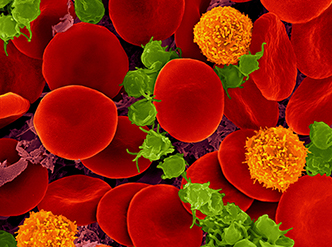
New techniques are revealing how cells control their shape – and the changes that could give an early warning of disease.
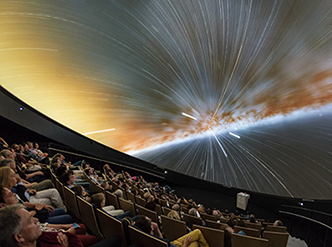
Science in School is published by EIROforum, a collaboration between eight of Europe’s largest intergovernmental scientific research organisations (EIROs). This article reviews some of the latest news from the EIROs.
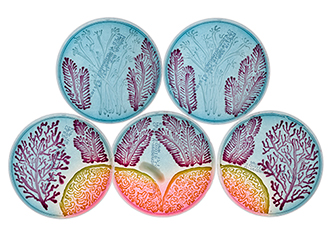
Create a living piece of ‘agar art’ to discover the invisible world of microbes living on our hands.

Investigate how enzymes in your laundry detergent get rid of stains – and which are most important for keeping clothes clean.
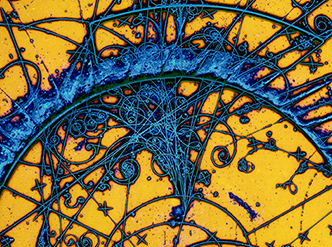
Identify tracks of subatomic particles from their ‘signatures’ in bubble chamber photos – a key 20th century technology for studying particle physics.

Teaching science often involves explaining things that are invisible to the naked eye: from the huge variety of microorganisms that are visible only under a microscope, to distant stars explored using powerful telescopes. The ability to reach into these remote worlds is one of the things that makes…